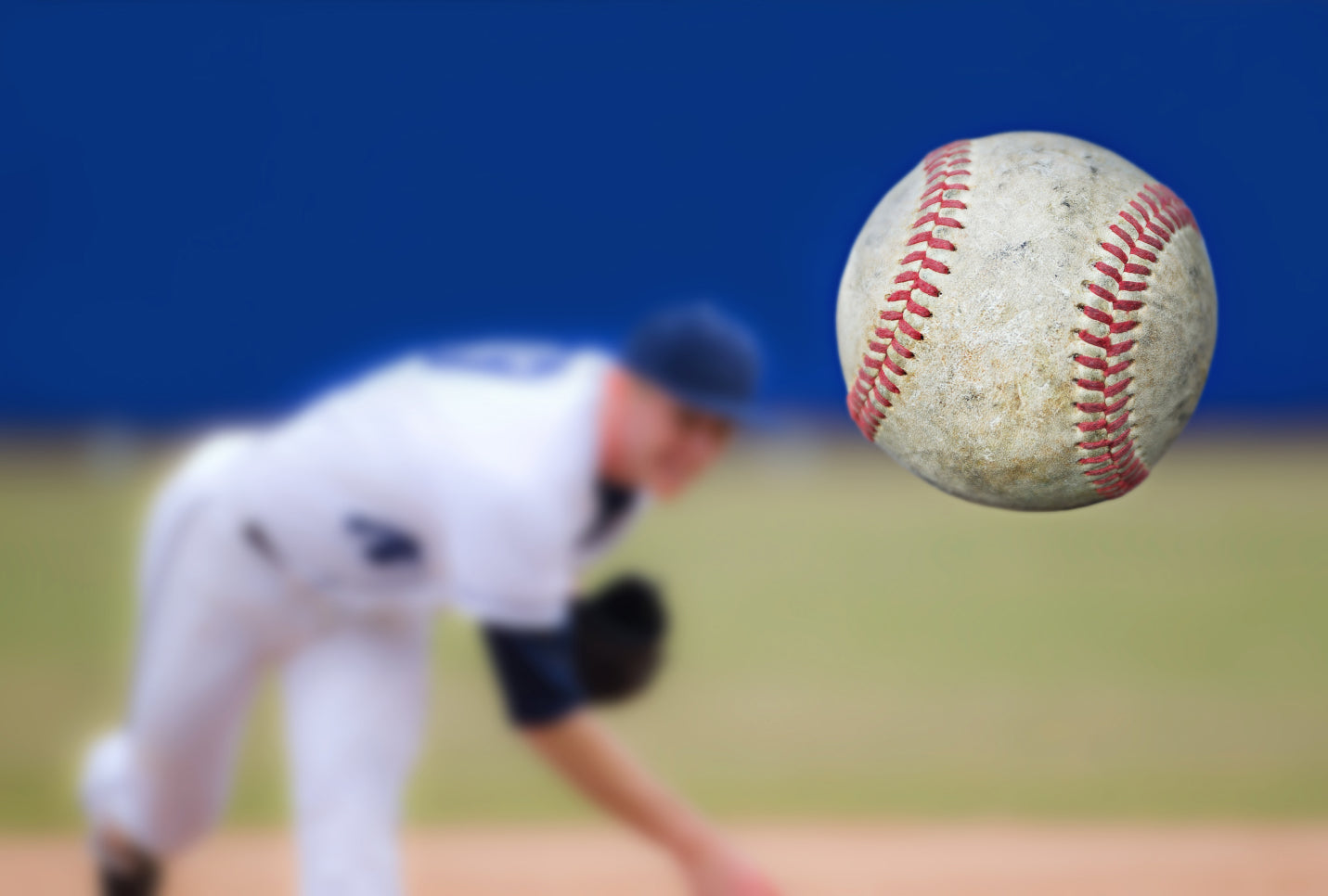Whether you're stepping onto the pitcher's mound in a friendly game of softball or gearing up for competitive baseball, the speed of your pitch plays a significant role in your performance.
Faster pitches can be more challenging for the opposing batter to hit, providing a strategic advantage. Improving your pitching speed isn't simply about throwing the ball as hard as you can; it involves a balance of proper form, strength, and ample recovery.
In this article, we'll guide you through some essential steps to help improve your pitching speed and offer tips that are sure to be a hit.
What Are the Fundamentals of Pitching?
Before we dive into techniques for increasing your pitch speed, it's crucial to understand the fundamentals of a good pitch.
- Proper Grip: Correctly gripping the ball is vital. The positioning of your fingers can drastically impact the speed and trajectory of your pitch. For a fastball, for example, your fingers should lie across the seams of the ball.
- Stance: Your body position in the pitching windup is another foundational aspect to consider. A proper stance aligns your body correctly, allowing for efficient energy transfer from your legs and core to your pitching arm.
- Throwing Mechanics: Throwing involves more than just your arm; it’s a full-body movement. Understanding how to engage your whole body — your legs, core, and arm — in the pitch can significantly boost your speed.
Each of these basics plays a role in not only your pitch speed but also the health of your arm. Understanding and mastering these can set the stage for faster, more effective pitches.
Strengthening Exercises for Pitching
Strengthening the key muscle groups involved in pitching is essential to improve your pitch speed. Here are some exercises that you might find beneficial:
Rotator Cuff Exercises
The rotator cuff, a group of muscles and tendons surrounding the shoulder joint, is a powerhouse when it comes to pitch speed. By maintaining strength and flexibility in this area, you can achieve a greater range of motion and power in your pitches.
Try internal and external rotations using a resistance band to target these muscles. Hold one end of the band in your pitching hand for an internal rotation, keeping your elbow at a right angle. Pull the band across your body and slowly return to the starting position. For an external rotation, the movement is reversed.
When performed regularly, these exercises can help keep your shoulder flexible and strong, contributing to a quicker, more powerful pitch.
Core Workouts
Your core, which includes your abdominals, lower back, and obliques, acts as a bridge between your upper and lower body. A strong core can help transfer power through your body more efficiently when pitching.
Try incorporating exercises like planks to build stability, Russian twists for rotational strength, and medicine ball throws to improve power transfer. Each of these exercises works different areas of your core, providing comprehensive strengthening for better pitching performance.
Remember to control your movements and focus on quality rather than quantity of repetitions.
Leg Strength Training
Your legs provide the foundation for your pitch, driving power upwards through your body. Squats, lunges, and calf raises are excellent for building leg strength.
Incorporate different variations of these exercises to target different muscle groups: for example, try front squats to engage your quadriceps and back squats for your hamstrings and glutes.
Don't forget about your calves — calf raises can help to improve stability and power in your pitching motion. While these exercises can be beneficial, it's crucial to approach them in a way that promotes health and safety.
Always ensure proper form, don't overdo your workouts, and remember to allow adequate time for recovery. The result will be a stronger, faster, and more efficient pitch.
Technique Adjustments for Faster Pitches
Don't let the fear of striking out hold you back. Pitch into high gear with these technique tips:
- Leg Drive: Think of your legs as the engine that powers your pitch. Using your legs to drive your body forward can provide extra speed.
- Hip-Shoulder Separation: This is where your hips rotate towards the target before your shoulders. This separation stores energy and then releases it during the pitch, thereby increasing the speed.
- Arm Action: Your arm action should be smooth and efficient. Avoid unnecessary movements that may slow your pitch or increase the risk of injury.
Incorporating these technique adjustments, combined with physical conditioning, can contribute to a noticeable increase in pitch speed.
The Importance of Recovery in Pitching Performance
Just as essential as the right techniques and strength exercises, recovery plays a critical role in improving your pitching speed and overall performance. Remember, even the best athletes require time to recover.
Recovery helps restore your muscles and allows for consistent performances over time. It's especially vital when considering the repetitive nature of pitching, which can lead to discomfort and strain in your arm.
Maintaining mobility and supporting normal blood flow in the arm is crucial for those involved in the sport. In this respect, Incrediwear's Elbow Sleeve can serve as a true game-changer.
Embedded with semiconductor elements, the Incrediwear Sleeves step up to the plate, ready to harness your body heat to facilitate an advanced form of circulation support. This unique feature helps support normal blood flow and soothes discomfort associated with repetitive arm motions while also helping maintain a normal range of motion.
In this way, the Incrediwear Elbow Sleeve is more than just a supportive garment; it's an ally in your journey toward faster pitches, offering a comforting touch when you need a little help keeping your arm in the game.
Pitch Perfect: A Final Note
From fundamental pitching techniques and strengthening exercises to technique adjustments and the importance of recovery, these tips can help you hit it out of the park.
While it might seem like a lot to take in, remember that improvement comes with time and consistent practice. Joining a rec team or finding a sports club can give you plenty of opportunities to practice your pitches and gather feedback.
The journey towards pitching faster is not a sprint but a marathon. Prioritize your health, rest when needed, use supportive products like our elbow sleeves to aid your recovery, and, above all, enjoy the process. Because there's nothing quite like the thrill of seeing a ball you've pitched whiz past the batter at top speed. Happy pitching!
Ready to make your recovery process a home run? Check out more of our wellness tips and supportive gear at the Incrediwear blog and shop.
Sources:
Rotator cuff exercises | Mayo Clinic
Core exercises: Why you should strengthen your core muscles | Mayo Clinic
Recovery after exercise: what is the current state of play? | ScienceDirect
Read more

Medically Reviewed By | Johannah Gregg, DNP FNP-C Many people recoil at willingly taking a dip in freezing cold water. While it may not seem the most fun thing to do, fitness warriors and top athle...

Have you ever felt an irresistible urge to kick off your shoes and dig your toes into the sand? You're not alone. Walking barefoot, particularly on natural surfaces like a sandy beach, has been a ...






Leave a comment
All comments are moderated before being published.
This site is protected by hCaptcha and the hCaptcha Privacy Policy and Terms of Service apply.